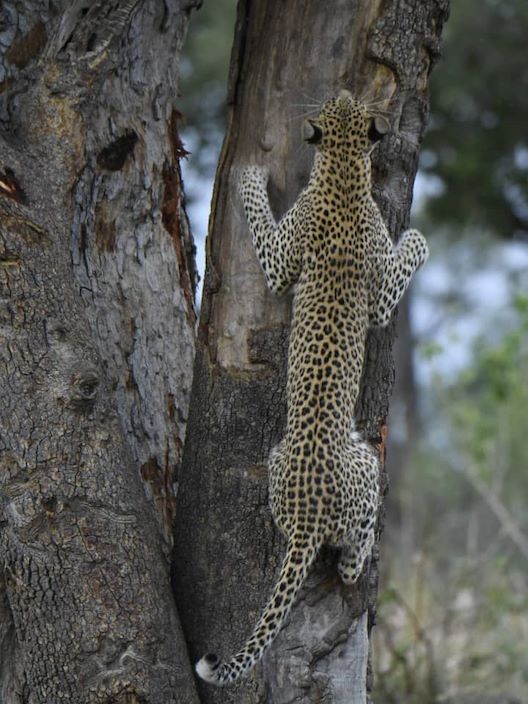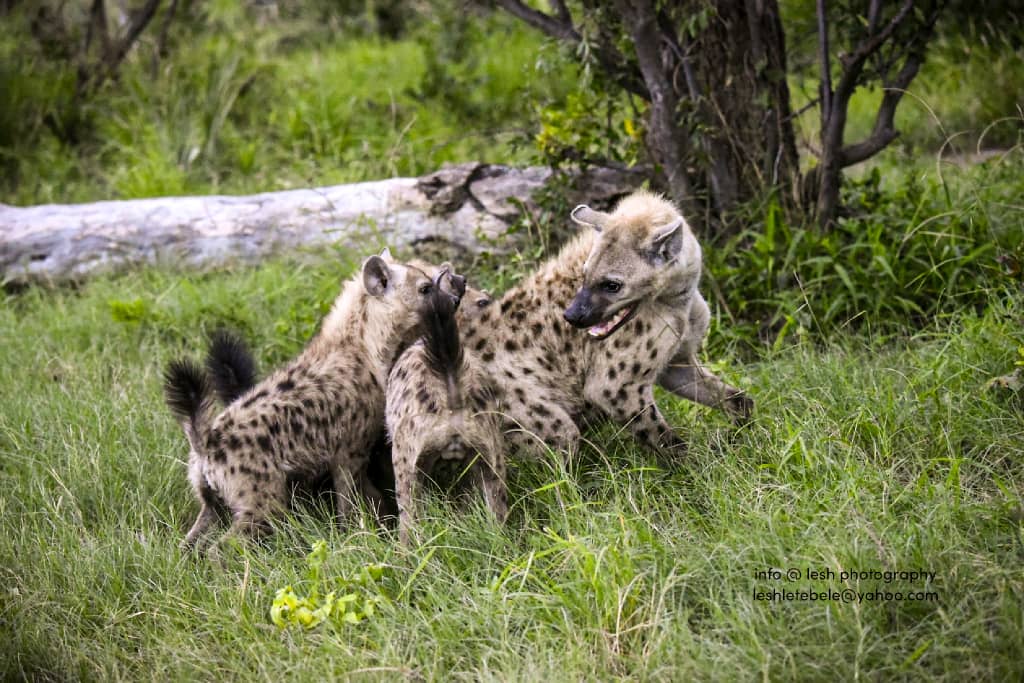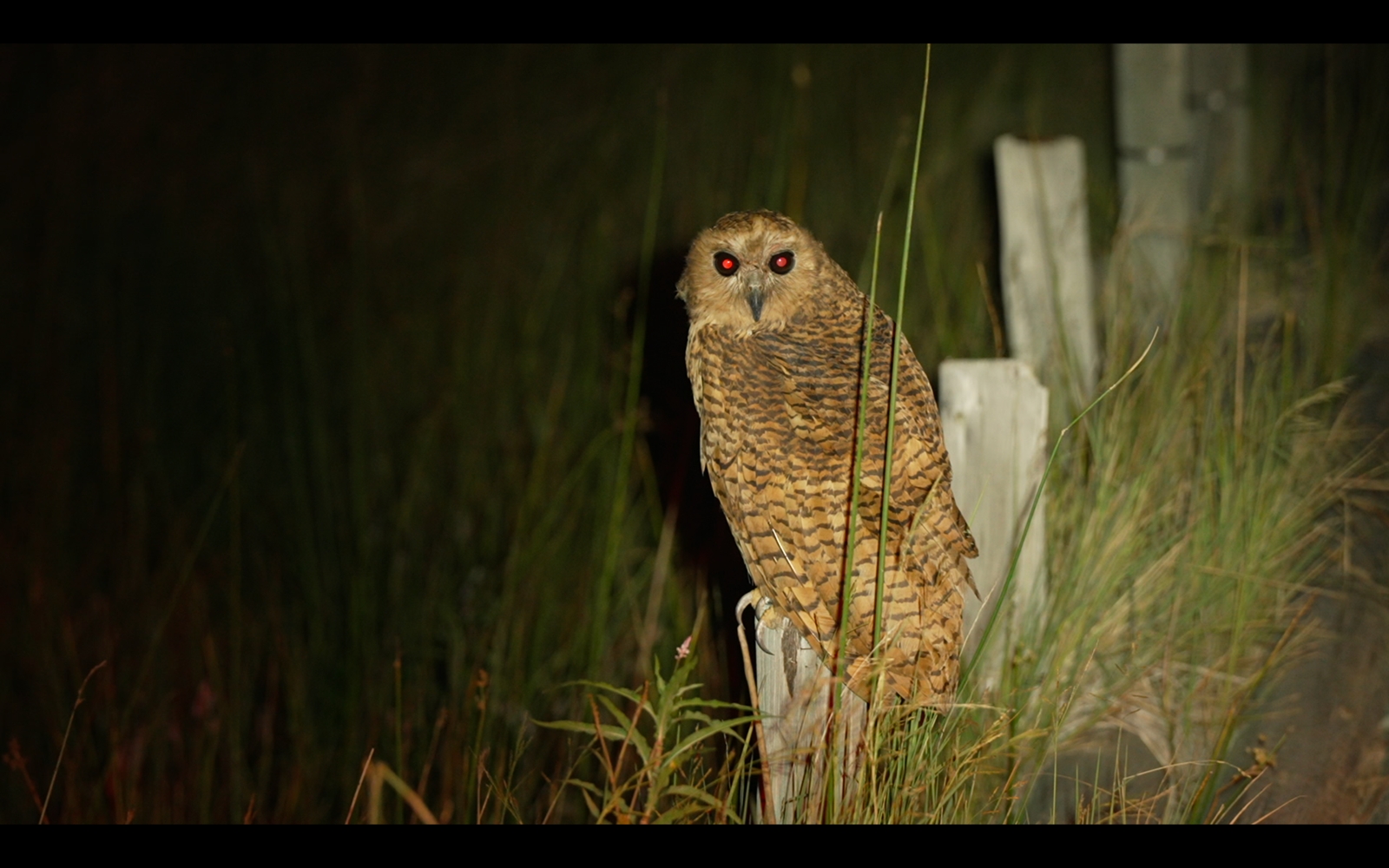Chitabe, Botswana
Wilderness Chitabe & Chitabe Lediba News – January 2023
Camp news
Moalosi Livi
2/28/2023
Summer in Chitabe
Summer in Chitabe
December and January once again spoilt our Wilderness Chitabe guests with fabulous sightings in the wild. Also, we have had a reasonable amount of rain over the past two months, which greatly excited the animals as it encouraged phenomenal growth of the grass and vegetation. Even though the bush is lush and green and the grass is tall, we still had incredible wildlife viewing, with the advantage of the thick bush being that many animals prefer to use the roads as their natural pathways.

Cheetah haven in the last 3 years
More to discover

Wilderness Linyanti Wildlife Reserve camps newsletters – June 2025
Our guides have reported back on some especially exceptional predator interactions across our Linyan...
Read moreCamp Manager
04.08.2025

Wilderness Okavango Delta Camps Newsletters – June 2025
As expected, temperatures dropped this month, though overall the weather has been quite unpredictabl...
Read moreJosephine Bestic
31.07.2025

Camp Manager
31.07.2025

Rachel Mafubo Hakizimana
28.07.2025

Wilderness Sabyinyo newsletter – June 2025
This month, Wilderness Sabyinyo traded its classic sun-kissed look for misty mornings, silver clouds...
Read moreEric Dushime
28.07.2025

Let’s plan your next journey
Ready?
When we say we’re there every step of the way, we mean it, literally. From planning the perfect circuit, to private inter-camp transfers on Wilderness Air, and easing you through Customs. We’re with you on the ground, at your side, 24-7, from start to finish. Ready to take the road less travelled? Contact our Travel Designers to plan an unforgettable journey.




